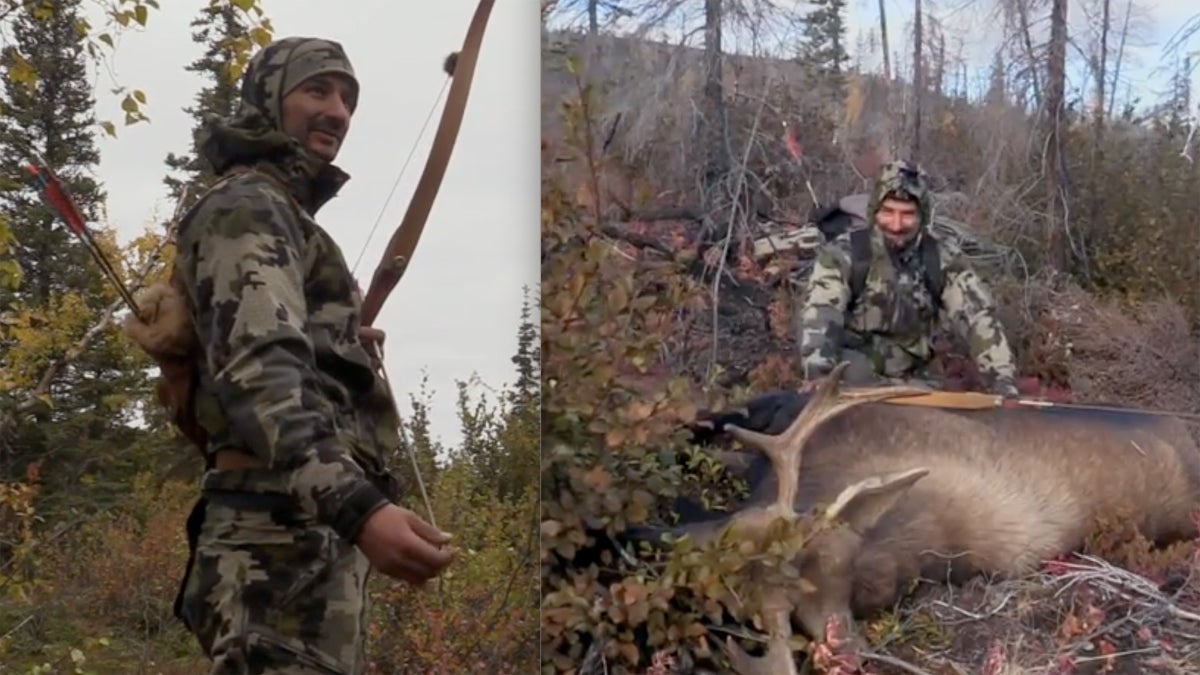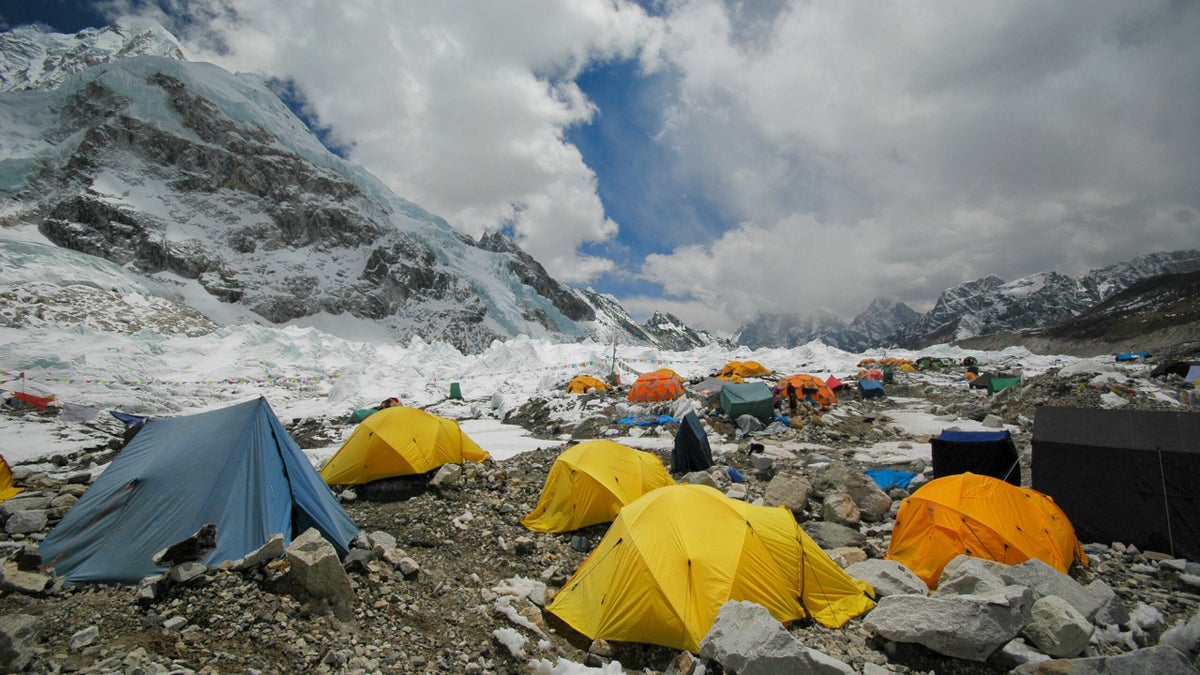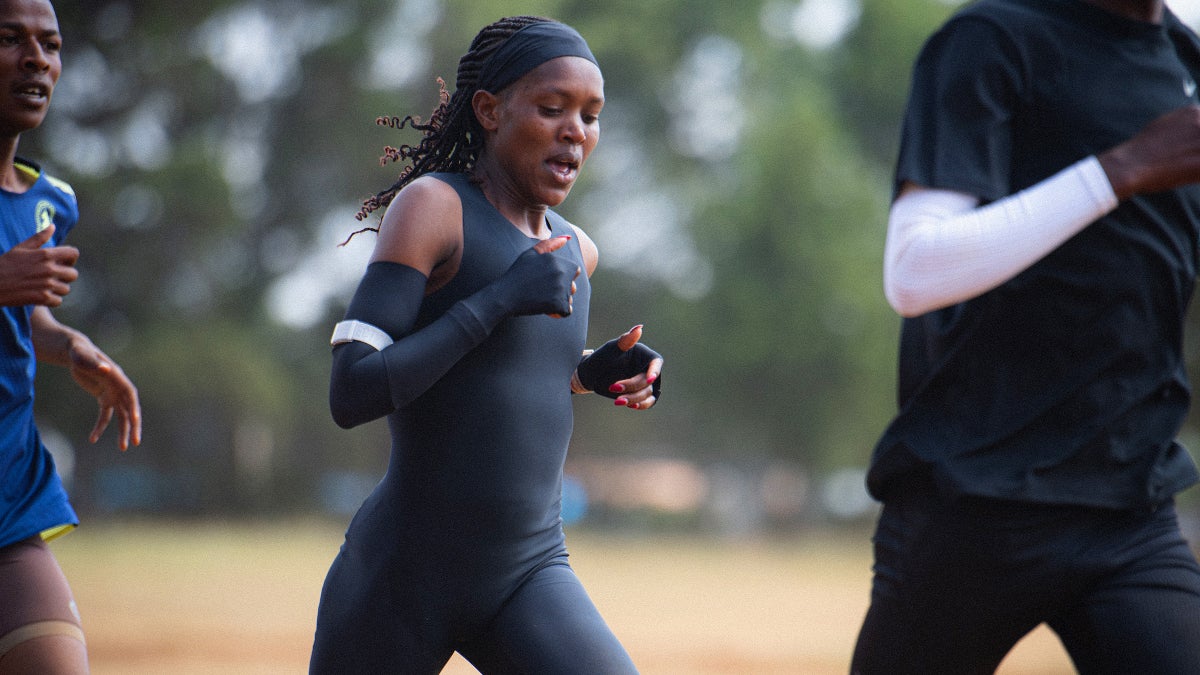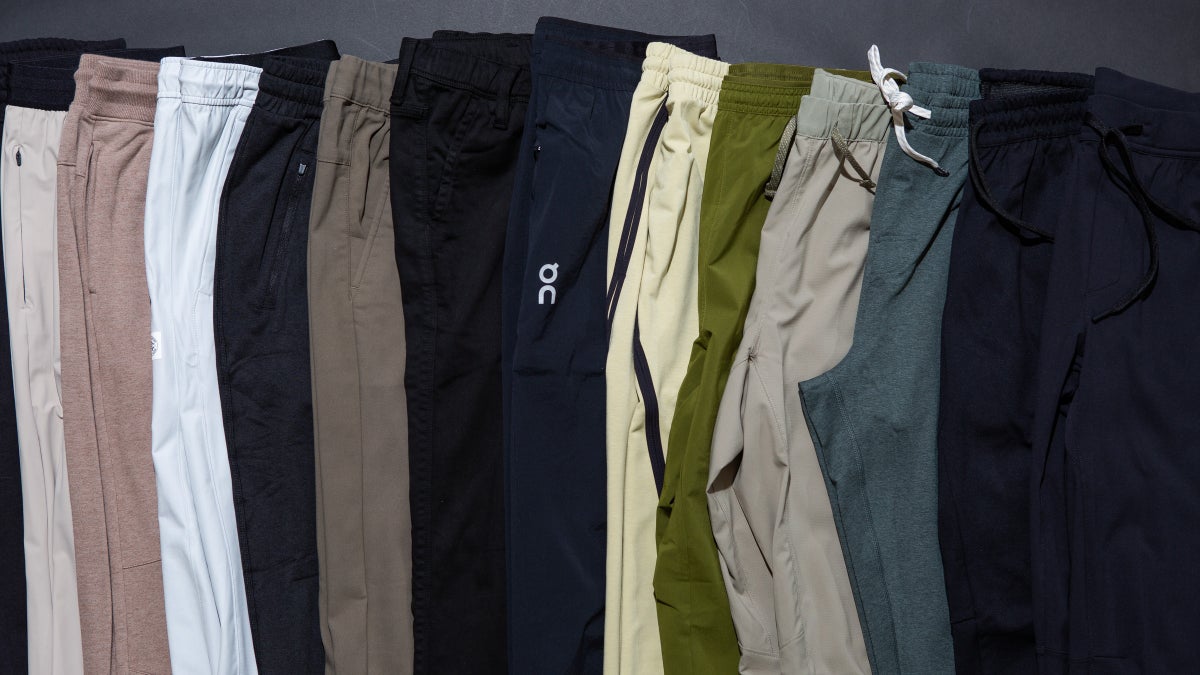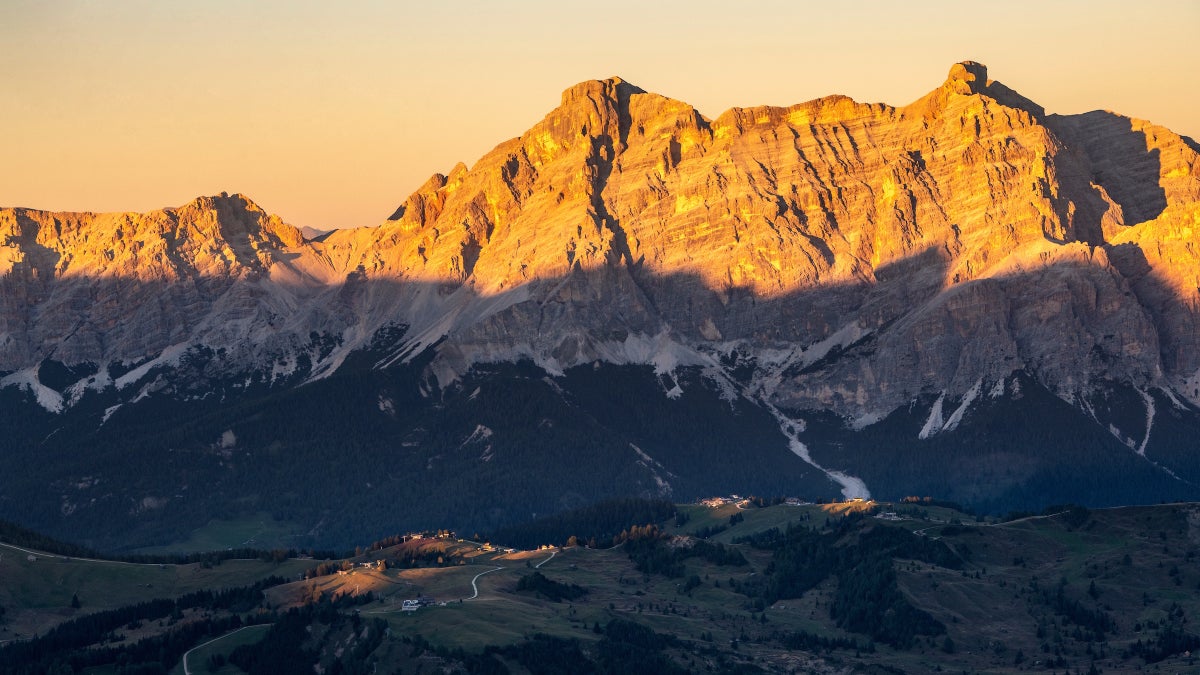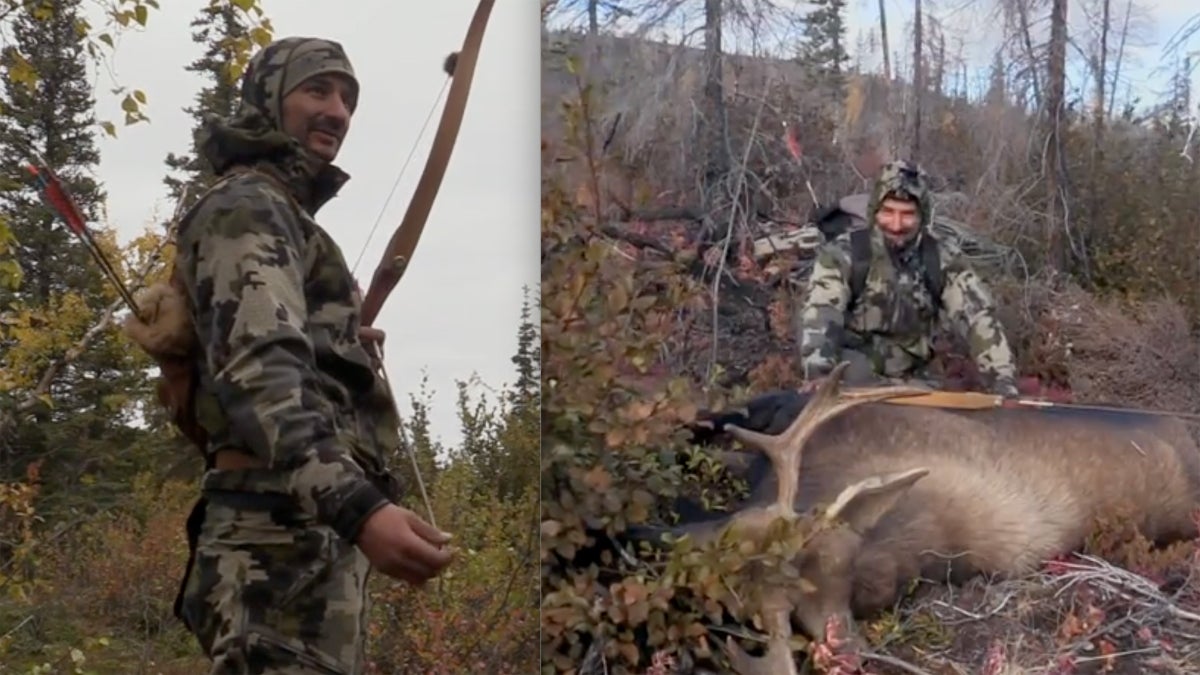
The twang of a recurve bow echoes from the television speakers, and on screen, a man wearing camouflage ducks behind a clump of fir trees.
“Holy cow, I nailed it,” a voice whispers. “My heart is pumping so fast right now.”
The scene marks the turning point of season 6 of the survival reality show Alone, and first aired on June 21, 2019 on the History Channel. It captures the moment when Jordan Jonas, a 35-year-old hunting guide from Idaho, shot and killed a bull moose—one he’d spent several weeks stalking across the tundra in northern Canada. Securing 500 pounds of moose meat represented a massive advantage in Alone’s survivalist competition. Every season, the show sends ten survivalists to live in the woods for as long as they can, subsisting off of whatever food they can forage or kill. The final contestant to tap out takes home a $500,000 prize.
As the rest of the season unfolded after Jonas’s monumental kill, the bounty allowed him to thrive amid the frozen arctic. He eventually lasted 77 days and won the grand prize.
“When I finally got the moose, it was pure joy,” Jonas recently told Outside. “I couldn’t buy a Lamborghini and be that happy.”
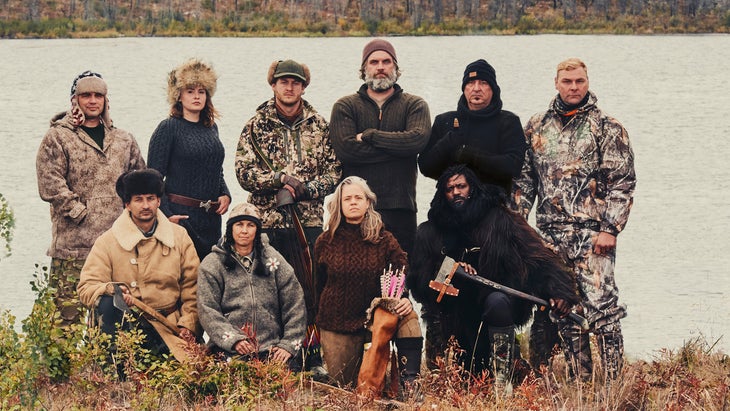
Jonas wasn’t the only person to celebrate—Alone’s producers and staff recognized the moose kill as a major milestone in the show’s history. For five seasons, Alone survivalists had tried, but failed, to kill a big game animal like a deer or moose.
Six years after Jonas’ hunt aired on television, the moment has come to represent a turning point for the series. Alone’s sixth season brought millions of new viewers to the show during the depths of the pandemic. In subsequent seasons, tens of thousands of would-be survivalists applied to participate. The show even spun off satellite survival series like Alone: Australia, Alone: Frozen, and Alone: The Beast.
“That moment totally changed what we were seeing with the show,” says Quinn Fegan, Alone‘s longtime casting director. “So much more story was created by taking down a big game animal. The show gained credibility with the hunting community, and afterward we were able to access people with truly impressive big game skills.”
A Pandemic Darling
Alone returns for its 12th season on Thursday, June 12, and this year producers will send contestants to South Africa’s Karoo desert Outside will publish episode recaps throughout the season. Over the last decade, the show has become one of the most successful survival reality series in history. According to a 2024 story in New York Magazine, its ninth season attracted 20 million viewers.
It’s hard to remember that when Alone debuted in August, 2015, it was just the latest in a series of similar shows to hit the airwaves, like Naked and Afraid, Life Below Zero, and Bear Grylls: Survive.
What separated Alone from its peers was a confluence of timing and serendipity. During the early months of the COVID pandemic, the show’s sixth season was picked up by streaming giant Netflix. As millions of Americans experienced the boredom and loneliness caused by social distancing rules, they recognized relatable themes in the show.
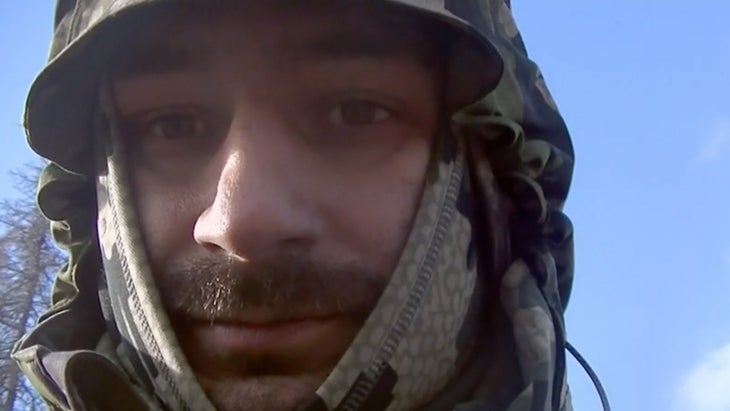
Over the course of a few months, Alone became media darling, garnering coverage in mainstream newspapers and magazines, well as public endorsements from celebrities.
“All of a sudden Tom Hanks is talking about us in interviews,” Ryan Pender, the show’s executive producer, told Outside in 2022. “Up until that point we were that show that flew under the radar.”
It didn’t hurt that season 6 was far more dramatic and exciting than past editions. Survivalists caught massive fish out of Canada’s Great Slave Lake. They weathered sub-zero temperatures and freezing wind. And Jonas’ thrilling moose hunt provided a heart-pounding crescendo.
Alone’s rules and format—ten survivalists each choose ten survival tools and then film themselves living in a solitary state in the woods—also set it apart from its peers. So did the unmistakable moments of cinéma vérité that seemed to happen with regularity.
Cameras captured participants breaking down, sharing moments of intense reflection, and revealing secrets about themselves.
“You have a tremendous amount of time to think—being out there lets you look at your own life, one step removed,” says Clay Hayes, the winner of Season 11. “You think about what type of person you are, what type of relationships you have. You get to examine these things like nobody gets to do in modern life.”
No Big Game After Five Seasons
Alone’s 2015 debut was somewhat rocky. Producers dropped the ten survivalists in a deserted stretch of Vancouver Island, dense with woods and mired in rain. Two dropped out within the first 24 hours. By the end of the first week, just four participants remained.
“We were concerned,” Pender said. “A lot of money was spent on this, and the idea was not yet proven. It’s not that the concept wasn’t solid, it’s just that not all of the participants knew what they were walking into.”
During the early seasons, participants caught fish, trapped rabbits and mice, and harvested mushrooms and other edible plants. Some chose a bow and arrow as one of their ten survival tools, and others boldly proclaimed their intentions to hunt deer, bear, or other large creatures.
But nobody ever did. And at some point, every season turned into a battle of starvation. Even the champions predominantly lived hand-to-mouth.
Season 1 champion Alan Kay ate small shellfish called limpets. Brothers Jim and Ted Baird won the fourth season—that year participants competed in teams of two—by squishing tiny rock fish. The next season, winner Sam Larson claimed the crown simply by resting and burning body fat.
These strategies, while successful, didn’t always make for dynamic television.
“It just seemed like they weren’t the greatest at finding people who could really survive out there,” Jonas says. “You never got the sense that anyone was able to be truly sustainable.”
Jonas told Outside that he had mixed feelings about Alone when a friend showed him seasons one and two back in 2016.
“Watching the guys freak out about bears was the reason I applied to do the show,” Jonas said.
How Jordan Jonas Bagged a Moose
A professional hunting wilderness guide, Jonas applied for Alone after returning from a ten-year span in Siberia. He had lived alongside a native nomadic tribe, the Evenki, and learned their ancestral skills for living in the subarctic.
Jonas was too late to participate in Alone’s season 3, and then seasons 4 and 5 went by without any response from the casting department. Then, almost three years after he applied, Jonas received a call from producers asking if he’d be interested in season 6 “I was like ‘I can’t say no, the doors are opening up,’” he said.
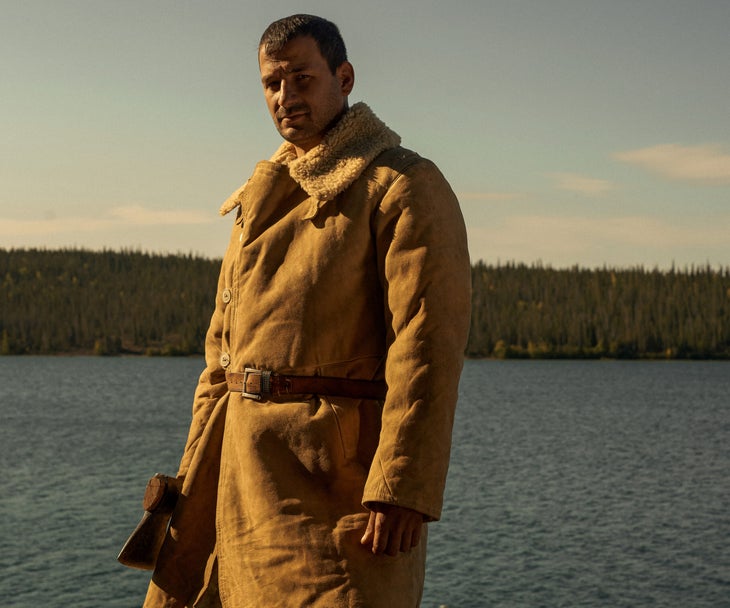
At a pre-show boot camp for would-be participants, Jonas said he was surprised to see few people with big-game hunting experience. Jonas said the other participants were far better than him at other wilderness skills, like constructing animal traps. But he wondered if those skills would keep him alive.
“I was struck that people hadn’t really done a lot of fishing and hunting, at least as much as I would have expected,” Jonas said. “Living with the Evenki, you see what skills you really need for living in the woods.”
The most important element, in Jonas’ mind, was killing a large animal that could keep him fed for weeks or months.
That was his strategy from the moment he was selected. Given Jonas’ wiry, thin frame, he assumed he’d be unable to gain enough fat to out-starve the others.
“My plan was to catch a bunch of fish, make a big stinky fish pile in the woods, and then hunt a bear that showed up to eat the fish,” Jonas said. “But right away I saw signs of moose in my area.”
Elements of Jonas’ moose hunt, which spanned 20 days, are sprinkled throughout the season’s opening five episodes. He spotted moose tracks and then located the trail the animal’s game trail. He strung up a trip wire made from tin cans to alert him when the moose was in the area, and even built a series of corridors with downed trees to steer the moose toward a clearing suitable for the kill. The entire process was new for the show.
“I wasn’t comparing myself to what people had done on prior seasons,” Jonas said. “I was comparing myself to what was possible given my own personal experiences. Had I ever been on a hunt for two months and never even had an encounter with an animal? No.”
But Jonas’ struggle didn’t end once the moose was dead. He had to butcher the animal, smoke the meat, and then store it somewhere away from predators. A wolverine found the butchered meat and stole some of it—Jonas had to kill the animal with a hatchet.
The entire ordeal added elements of drama that previous seasons lacked. Even as Jonas and the season’s runner up, Woniya Thibeault, kept fighting through the barren winter, the storyline kept viewers engaged.
“Jordan taking down the moose and watching his interaction with the wolverine was mind-blowing,” Pender said. “Watching him do things that people had never seen on Alone was absolutely wild.”
Reaching a New Community
Leftfield Entertainment, the production company behind Alone, has a website where fans can apply to be on the show. In the early seasons, the website regularly accepted 10,000 or so applications each year. By 2007, that had swelled to 25,000 annually.
Fegan, who has been with Alone since season four, told Outside that 70,000 people applied for season 12. Thanks to the increase in applications, Alone‘s casting department has a deeper field of seasoned survivalists to choose from compared to years ago. The deeper field has made the show a better watch.
“Back in season 4, even if you were using a bow for the first time you might still make it on the show,” Fegan said. “That’s not the case anymore.”
Ever since Jonas’ takedown, hunting big game has become a huge priority among applicants. Since season 6, even survivalists without a hardcore hunting background made sure to become skilled at bowhunting before shipping out. Jessie Krebs, a participant on season 8, said she went to an archery gym for several weeks before departing for the show.
“There was only so much I could do in a few months, but my right arm got to be pretty buff,” Krebs told Outside.
In some regard, Jonas’ successful moose hunt was akin to breaking an imaginary barrier, like the four-minute mile: once that threshold was broken, it opened the door for others to repeat the feat. In subsequent seasons, additional participants brought down big game animals. Roland Welker, the winner of season 7, killed a musk ox and lived for several months off of the meat. During season 8, Clay Hayes, a professional bowhunter, shot a deer. Hayes also won.
Still, stalking a deer or musk ox represents a massive gamble. Time spent traversing the land in search of animals takes a survivalist’s attention away from fishing or foraging. It requires massive amounts of energy. When Hayes finally brought down the deer, he hadn’t eaten fish in ten days and was beginning to experience symptoms of starvation.
“You have this deadline looming over your head caused by food,” Hayes said. “You can see yourself getting skinny, and you know your time is coming to an end. It’s really stressful. When I walked up on the deer laying in the grass, the weight of the world just evaporated.”
And killing an animal no longer guarantees victory, either. Timber Cleghorn, a 35-year-old survivalist from Indiana, stalked and killed a moose during season 11. Cleghorn said the moose kill actually increased his anxiety as the season went along.
“Having the moose put a ton of pressure on me, because in my mind it meant I had to stay and win,” Cleghorn told Outside. “If I don’t win and I have this moose meat, it will look terrible. I didn’t like that the choice was taken away from me, and I struggled with that late into the show.”
Cleghorn eventually tapped out after 75 days.
But enough would-be Alone contestants were inspired by Jonas’ successful hunt that many still regard him as a role model. In the years after his success, Jonas said prospective Alone participants reached out to him to ask advice on how to win.
“Sure, the show can be hacked by getting chubby and hanging out in your shelter,” Jonas said. “But if you’re actually trying to live in the woods, I tell people to be active, go hunt, and be the master of your own destiny.”
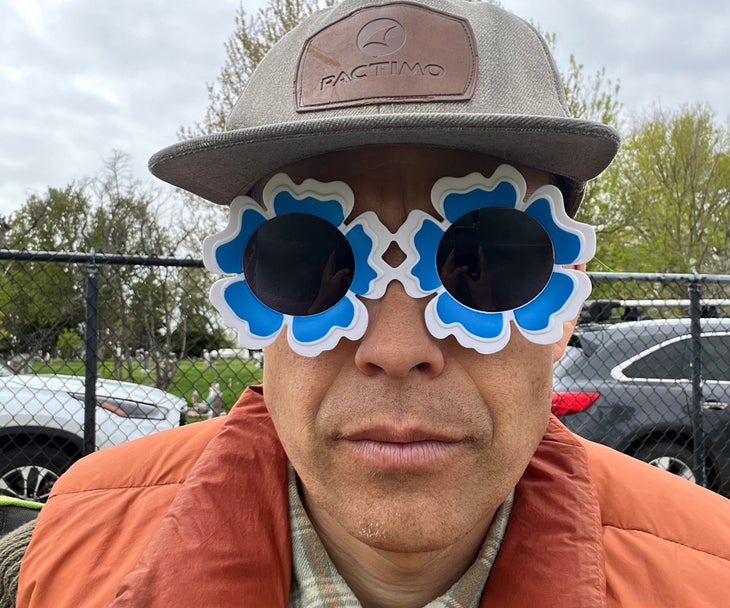
Articles editor Frederick Dreier will be covering season 12 of Alone with weekly recaps. In 2022 he wrote about the show’s ninth season, which was held in Labrador, Canada.
The post ‘Alone’ Was Forever Changed by a Moose Hunt in the Canadian Backcountry appeared first on Outside Online.











